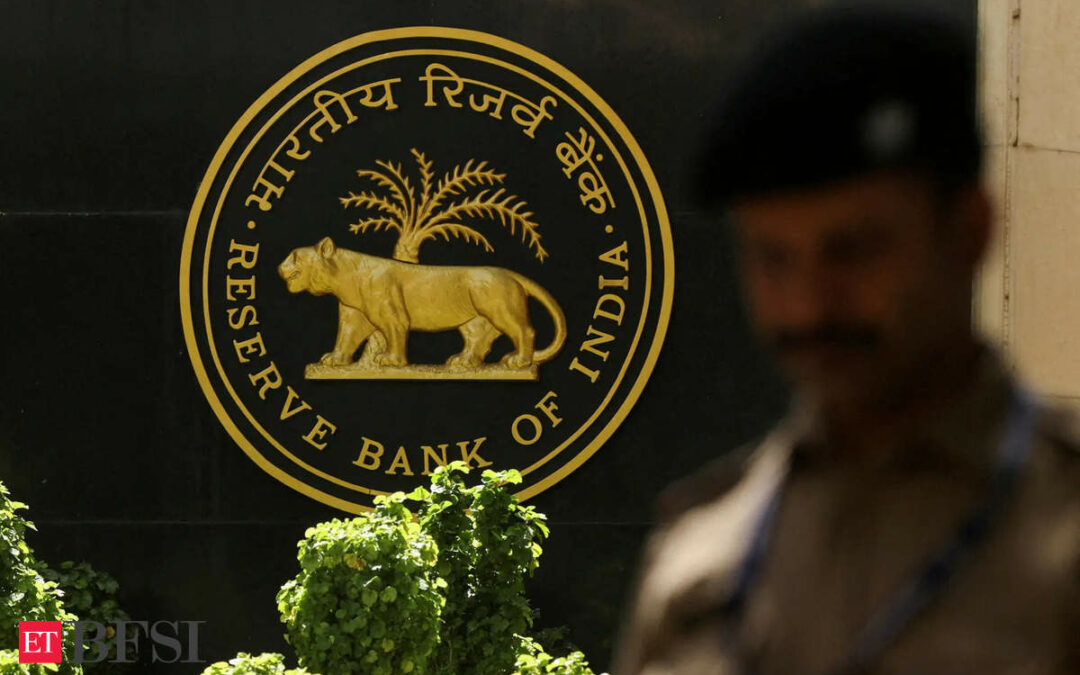The Reserve Bank of India’s (RBI) decision to relax risk weights on bank lending to non-banking financial companies (NBFCs) and microfinance loans (MFIs) is expected to free up bank capital, yet policy transmission delays could slow the impact on credit growth and economic expansion.
“India is finally taking a more coordinated policy approach – fiscal, monetary, liquidity, macroprudential – to support growth, especially with the aim to boost consumer demand. However, our leading indicators suggest the economy remains in a cyclical downturn, so further policy support will be needed to stabilise growth,” according to a report by Nomura.The RBI will roll back the 25 percentage-point increase in risk weights on bank exposure to NBFCs—introduced in November 2023—returning to previous levels starting April 1, 2025. Additionally, risk weights on microfinance loans classified as consumer credit will be reduced from 125% to 100%.
Reasoning behind the easing
The central bank had tightened macroprudential measures in November 2023 to curb a surge in consumer lending by banks and NBFCs. Since then, regulatory and liquidity tightening has slowed credit growth. Lending to NBFCs grew just 6.7% year-on-year in December 2024, down from 18.9% in November 2023. The latest easing signals that the RBI views consumer credit growth moderation as sufficient and seeks to avoid further deceleration.
This move aligns with other recent policy adjustments, including the postponement of liquidity coverage ratio (LCR) norms until at least March 2026 and the delay in implementing expected credit loss (ECL) and project finance (PF) tightenings.
Impact on credit growth
Lower risk weights will enable banks to lend more to NBFCs and MFIs, with higher-rated NBFCs benefiting from lower borrowing costs. However, Nomura expects policy transmission to be gradual due to tight liquidity conditions, weaker consumer incomes, and rising delinquencies in the microfinance sector, which may keep lenders cautious.
Despite these hurdles, India is shifting toward a more coordinated approach, integrating fiscal, monetary, liquidity, and macroprudential policies to stimulate economic growth and consumer demand. However, leading indicators suggest the economy remains in a cyclical downturn, necessitating further policy support.
Nomura projects India’s GDP growth at 6.0% year-on-year for FY25 and 5.9% for FY26, below both market consensus and the RBI’s 6.3%-6.7% estimate.
The firm expects an additional 75 basis points (bps) in rate cuts—more than the consensus estimate of 25-50 bps—bringing the terminal policy rate to 5.50% by the end of 2025. Further easing through liquidity measures and macroprudential policies is also anticipated to facilitate policy transmission and support growth.










